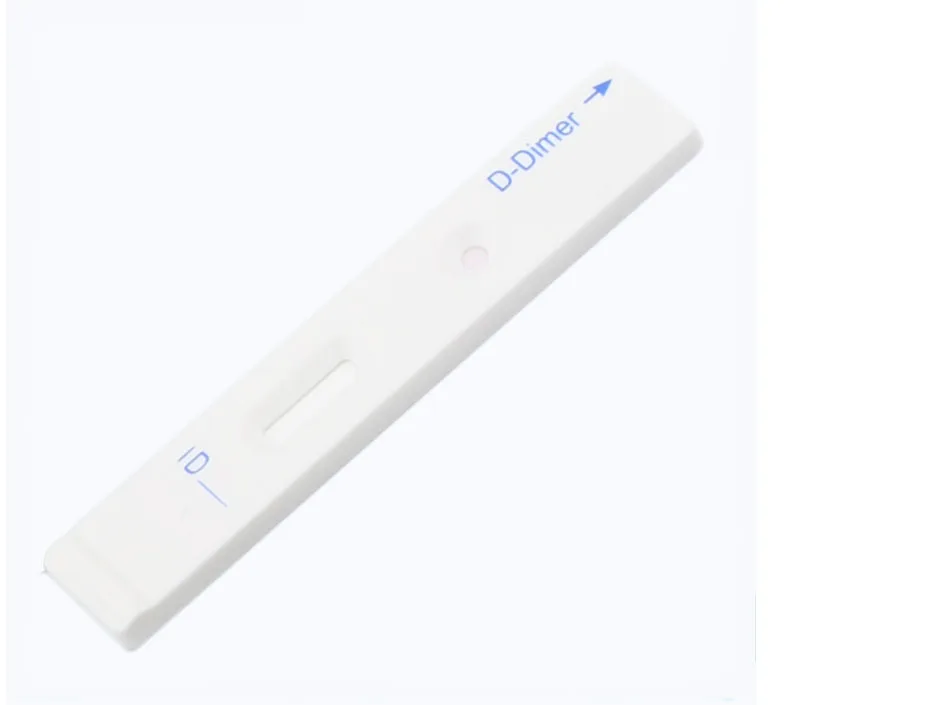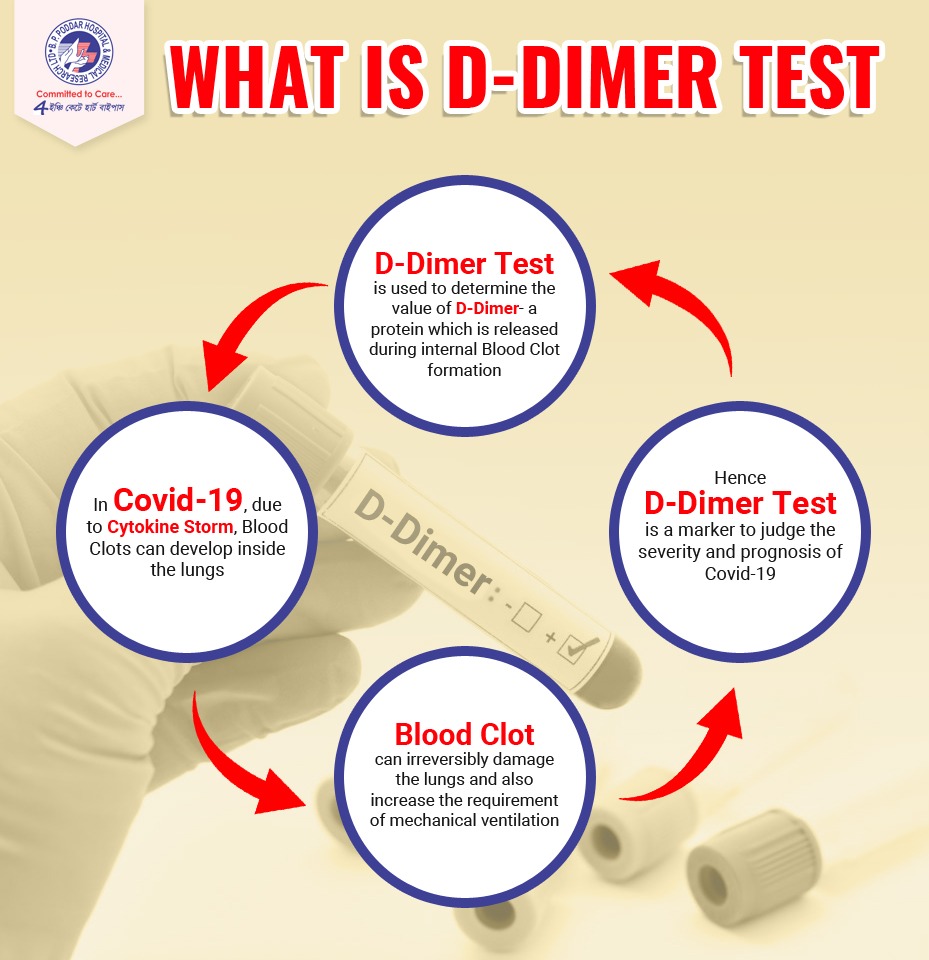

Plasma D-dimer, a degradation product of crosslinked fibrin, has been extensively studied in the setting of suspected venous thromboembolism (deep-vein thrombosis and PE) ( 13-15). Ultrasonography reveals deep-vein thrombosis in 60% of patients with PE, but only in 8 to 19% of patients with a nondiagnostic lung scan ( 8-12). However, lung scan is diagnostic in only 30 to 50% of patients ( 4, 6, 8), and many institutions lack nuclear medicine facilities. Noninvasive procedures such as lung scan ( 4-6) and lower limb venous compression ultrasonography ( 7, 8) have certainly simplified the diagnostic approach.

Pulmonary angiography, admittedly the “gold standard” technique for this diagnosis ( 1), is costly, invasive ( 2), and not universally available ( 3). The diagnosis of pulmonary embolism (PE) remains a diagnostic challenge. Withholding anticoagulation from such patients is associated with a conservative 1% risk of thromboembolic events during follow-up. In conclusion, a plasma D-dimer concentration below 500 μ g/L allows the exclusion of PE in 29% of outpatients suspected of having PE.

Using a cutoff value of 4,000 μ g/L, the overall specificity of D-dimer concentration for PE was 93.1%. Thus, the negative predictive value of D-dimer concentration fell between 197 of 198 and 196 of 198 cases of PE (99% ). Of the 198 patients with a D-dimer concentration below the cutoff value, 196 were free of PE, one had a PE, and one had incomplete information because of loss to follow-up. Overall diagnostic specificity of D-dimer was 41%, but it was lower among older patients. The prevalence of PE was 29%, and D-dimer (using a cutoff of 500 μ g/L) had a diagnostic sensitivity for PE of 99.5%. Patients with a normal D-dimer concentration were discharged without anticoagulant treatment and followed for 3 mo. Pulmonary angiography was reserved for patients with an inconclusive noninvasive workup. To assess the negative predictive value of a D-dimer concentration below 500 μ g/L in outpatients with suspected PE, and the safety of withholding anticoagulant treatment from such patients, we performed D-dimer assays, lower limb venous compression ultrasonography, and lung scans in 671 consecutive outpatients presenting in the Emergency Center of the Geneva University Hospital with suspected PE. Hence, a normal D-dimer level (below a cutoff value of 500 μ g/L by enzyme-linked immunosorbent assay ) may allow the exclusion of PE. The plasma level of D-dimer, a fibrin degradation product (FDP), is nearly always increased in the presence of acute pulmonary embolism (PE).


 0 kommentar(er)
0 kommentar(er)
